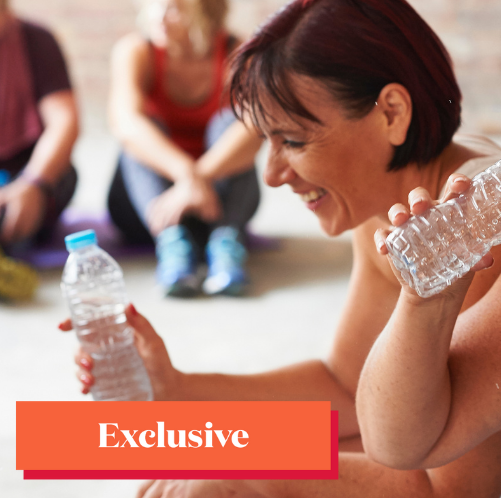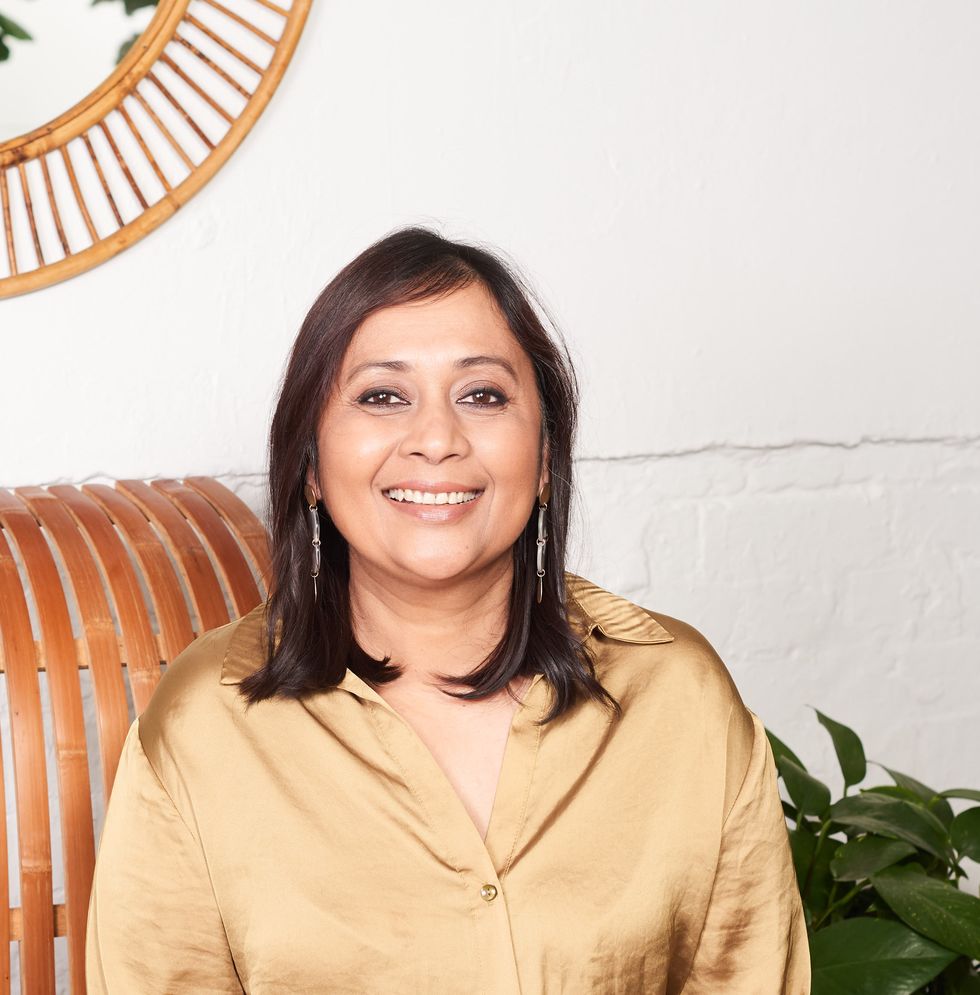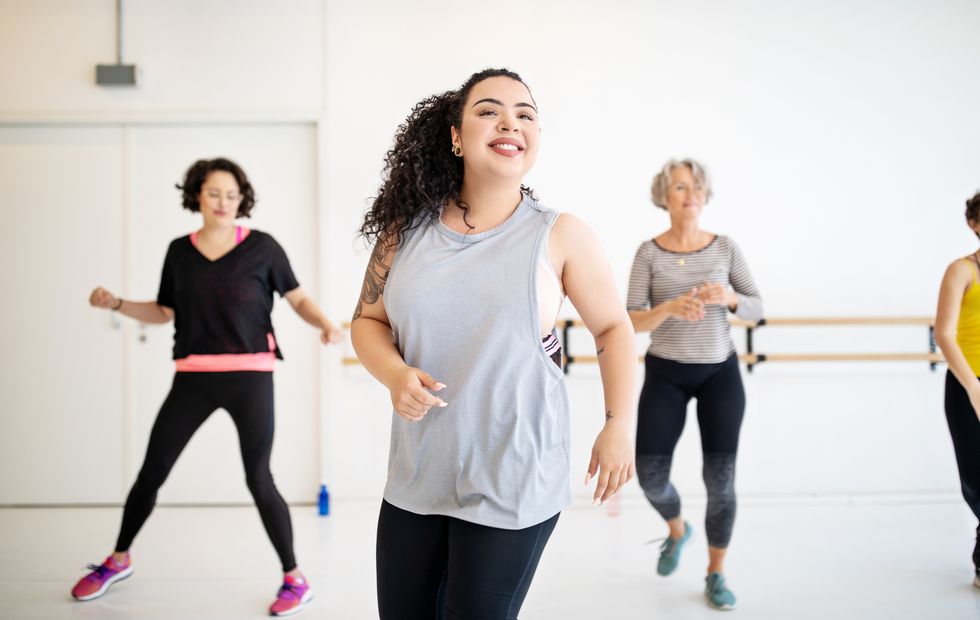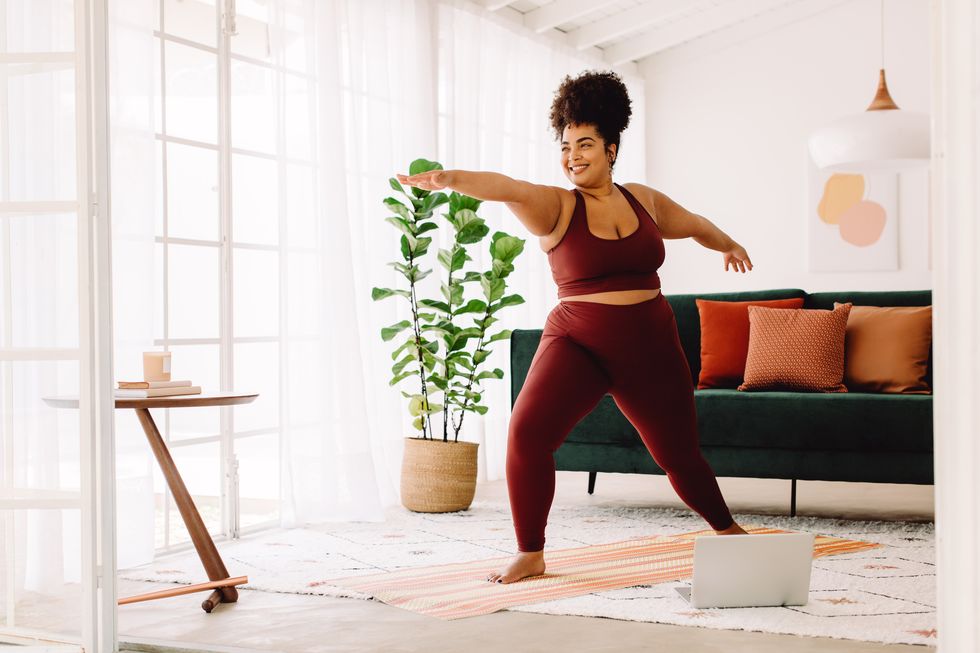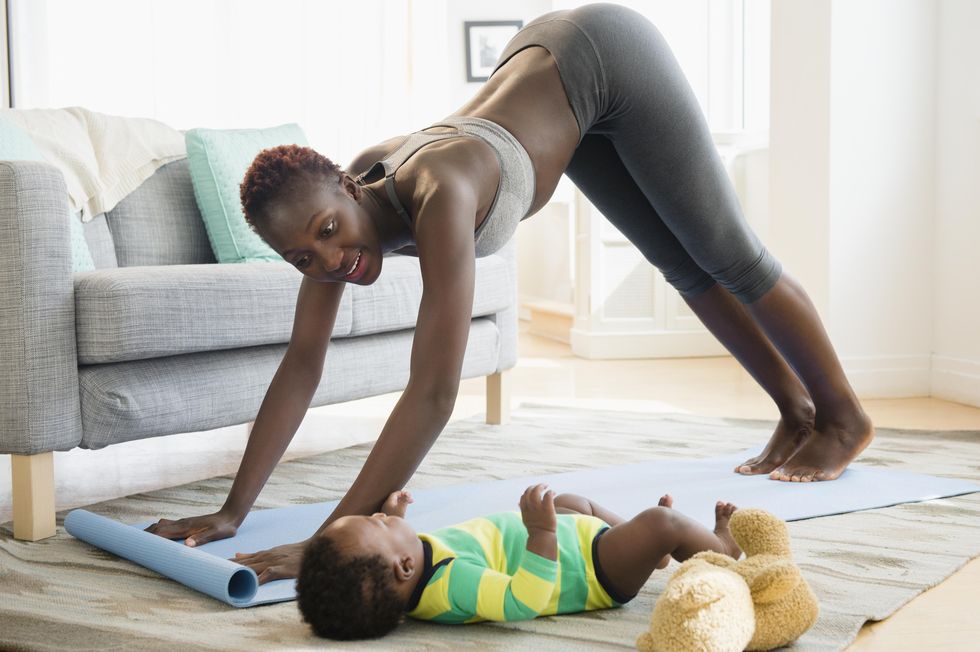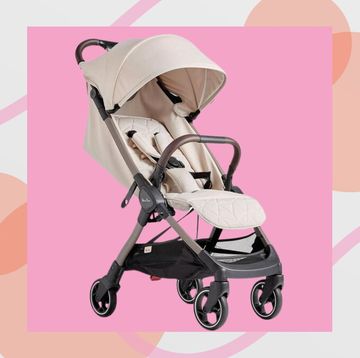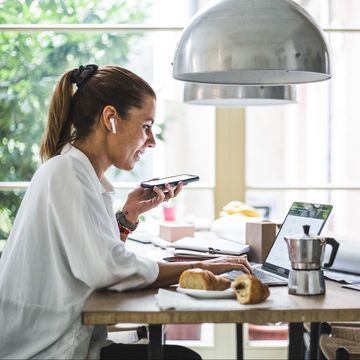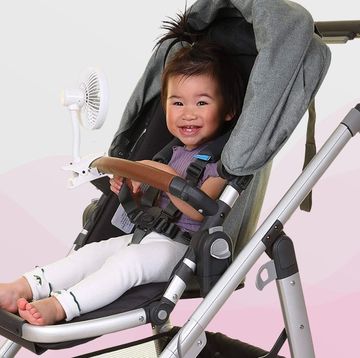A survey by the Nuffield Health Healthier Nation Index found that 8,000 adults - almost 38% of women - had done no exercise in the last year, rising to 48% for those between 16-24 years old. The figure was lower for men. The NHS on their website stipulate that a person between the age of 19-64 should do at least 150 minutes of moderate intensity activity a week or 75 minutes of vigorous intensity activity a week.
So why is there this gender gap?
There are numerous factors that contribute to women not being able to exercise regularly.
While the media has covered these statistics about the lack of exercise for women, they have failed to mention the other data from this Nuffield report that states that 40% of these women from the study group cited embarrassment as the main reason for not exercising (compared to 29% of men). We know from research that women tend to have a greater dissatisfaction with their bodies. This preoccupation with an idealised body image is greatest in adolescents and young adults, primarily due to the influence of social media. A meta-analysis of 20 research papers showed that negative body image is closely related to scrolling through social media, especially Instagram.
Women in particular compared their own bodies negatively to that of celebrities and peers. Across several research studies over the years, we have seen that those adolescents and adults with low body image are less likely to engage in physical activity as compared to those with higher body image. Even those women who exercise and are athletic often suffer the contradiction of appearing strong and toned but still desiring the idealised body image.
There is also a strong correlation between the design of athletic and gym wear (as well as swimming costumes) and body image. Modest activewear remains a challenge to find. When clothing does not fit a person correctly, covering most of their bodies, many women can perceive the cause to be a fault with their bodies and not the clothing. This can then manifest in the form of negative feelings about their body, which can stop them from being motivated to exercise.
While in the last year we are beginning to see more companies designing and promoting activewear for diverse bodies, many of these brands are expensive and only go up to size 18 which is not inclusive sizing. Labelling these as ‘plus’ sizes can also reinforce the stigma that accompanies a larger body size compared to the idealised norm.
Gyms and swimming pools can also be intimidating places - I know from experience. I find it daunting to go to these places as a relative novice and a beginner, someone who is not very fit and cannot pound the treadmill or do countless miles in the pool. Unless you have the right clothes, and the right body, it is very easy to feel like an outsider. And this lack of inclusion – in activewear design, and the culture that has developed in some of the gyms and pools- can lead to not only embarrassment but also lack of motivation to go to the gym, go running or swimming.
Then there is running on the roads which is always free and available to everyone. Well, almost. A survey by Runner’s World in 2021 from over 2000 women showed that 60 percent of women had been harassed when running. Out of these women, almost 25% also reported being regularly subjected to sexist comments or unwanted sexual advances while out running on their own. And, 6% said they had even feared for their lives. 37% of the women had limited their run to specific daylight hours, and 11% stopped running completely. Many had stopped running regularly. Four out of five women had found it unsafe to be out after dark alone for walking or running.
Why don’t women use the daylight hours, some might ask. It is because women tend to carry much of the emotional and physical load of parenting in a heterosexual marriage or partnership. Data from the National Center of Social Research collected using time-use diaries for parents with children under the ages of 16 years old, found that mothers spent an average of around 2 hours 21 minutes on cooking, cleaning and other household work while for men this figure was only about 57 minutes. Mothers spent 1 hours 5 minutes on active childcare while the fathers averaged a measly 25 minutes per day.
This unequal unpaid labour became especially heightened during the last two years in the pandemic. A study by the UCL Institute of Education (IOE) and the Institute for Fiscal Studies in 2020, captured data from 3,500 families with two opposite-gender parents and found that the mothers were looking after children during an average of 10.3 hours of the day (2.3 hours more than fathers). Women were also doing housework for 1.7 more hours than fathers. So where on earth do they have the time to do exercise?
Most women who responded to my tweet about this said that looking after children, running after them, lugging cleaning equipment around is exhausting work, and there is no energy, nor any time left for them to consider joining a gym or going out for a run. Moreover, the only time they get to themselves is after the children have gone to bed (which is they are anything like mine do not get to bed before 9 pm!) when it is either too late and unsafe to go for a run or they are too physically and mentally exhausted to consider any physical activity.
If we are looking just at the last year, another factor that has played a role in constraining women’s physical activity has been the effects of Covid. Research has hinted that women are significantly more likely than men to experience long Covid. From 1.3 million people across more than 600,000 research articles published between June 2020 and 2021 it was seen that for long Covid, women were more likely to experience the condition, with an odds ratio of 1.22 (95% confidence interval, 0.75 to 0.93). 22% more women than men presented with a variety of symptoms including fatigue symptoms which were seen to be less common in men.
While this is the case, as I discuss in my upcoming book Hysterical, gender bias still persists in our health domain so that women’s pain and condition are often dismissed and ignored with women being called hysterical and too sensitive. This has also led to some of these symptoms persisting for weeks and months. With long Covid, it has become even more difficult for women to partake in any rigorous physical activity.
So, yes, exercise is important and both men and women should be encouraged to do as much physical activity as possible. But rather than using this report as another stick to beat women with, assigning all their mental and physical health problems to lack of enough exercise, there is a need to have a more nuanced discussion which examines the barriers to exercising. Lack of resources, time and energy seem to be the major ones. Once we start having a more intersectional, inclusive and honest conversation about how women can take up some form of exercise even when they think – and have been told - that they are not sporty or believe that they are unlikely to be good at it, we can get more women engaged in exercising (and men too). It is never too late to start.
Some of us grew up with the belief that we were not sporty and therefore shied away from any sort of sport or physical activity as we grew older. I recently started tennis lessons, shedding some of my embarrassment around starting a sport that I might not be good at, and wearing active sports wear that I don’t feel comfortable in. Besides these stumbling blocks, and the fact that I don’t have the time to do it regularly, it has been good to have these occasional tennis lessons. They have given me the self-belief that we can all be sporty and take up most sports at any age that we like.
Dr Pragya Agarwal is an author and behavioural data scientist and her next book Hysterical: Exploding the myth of gendered emotions is out on 1 September with Canongate and available to pre-order.
